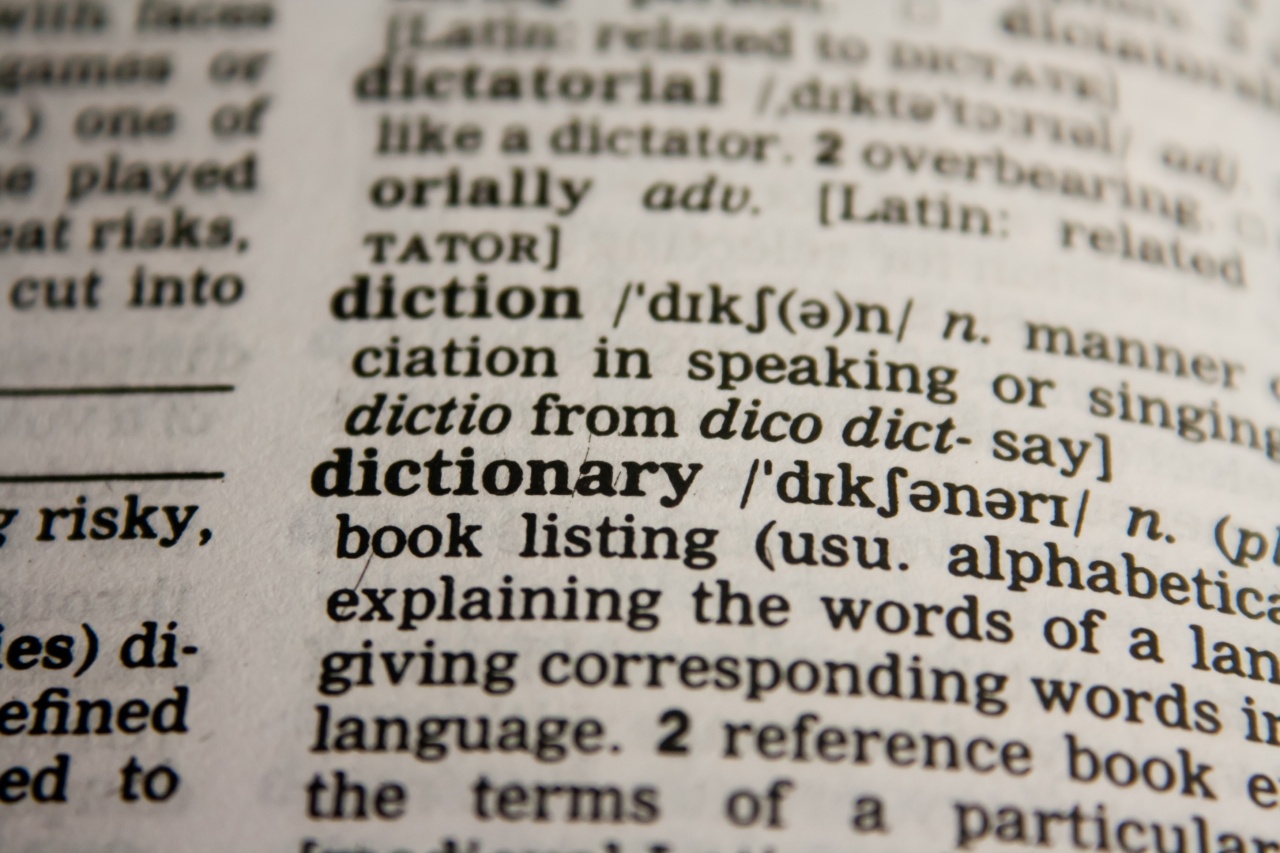Reading can be a challenge for people with dyslexia, a learning disability that affects reading, writing, and spelling abilities.
But with colorful reading techniques, dyslexic readers can improve their focus, comprehension, and retention of English vocabulary. Below are some effective techniques to supplement standard reading strategies and help people with dyslexia become more confident and proficient readers.
1. Colored Overlays
Colored overlays can help dyslexic readers overcome visual distortions and improve reading speed, accuracy, and fluency.
By placing a colored sheet over the text, the reader can reduce glare and contrast and block out distractions that can interfere with reading. Some common colors that work well as overlays are:.
- Pink (for reducing visual stress)
- Blue (for increasing contrast)
- Yellow (for reducing glare)
- Green (for calming the mind)
It’s important to experiment with different colors to see which one works best for each individual. Some dyslexic readers may prefer a combination of colors for different types of reading tasks.
2. Color-Coding
Color-coding can help dyslexic readers organize and remember information more easily.
By highlighting or underlining key words, phrases, or concepts in different colors, the reader can create a visual hierarchy that makes the text more accessible and meaningful. Some common color codes are:.
- Red (for important information)
- Green (for examples or details)
- Yellow (for definitions or quotations)
- Blue (for headings or subheadings)
The color codes should be consistent throughout the text, and the reader should be able to explain the rationale behind each color choice. This technique can be especially helpful for studying or preparing for exams.
3. Mnemonics
Mnemonics can help dyslexic readers associate new words with familiar images or patterns.
By creating a mental link between the spelling, meaning, and pronunciation of a word and a memorable image or phrase, the reader can store the word in long-term memory more effectively. Some mnemonics that dyslexic readers might find useful are:.
- ROYGBIV (for remembering the colors of the rainbow: red, orange, yellow, green, blue, indigo, violet)
- My very eager mother just served us nine pizzas (for remembering the order of the planets: Mercury, Venus, Earth, Mars, Jupiter, Saturn, Uranus, Neptune, Pluto)
- The cat sat on the mat (for remembering the short vowel sounds: a as in cat, e as in bed, i as in sit, o as in hot, u as in but)
The mnemonics should be personalized and relevant to the reader’s interests and background. This technique can be especially helpful for remembering spelling rules, prefixes and suffixes, and irregular words.
4. Visualization
Visualization can help dyslexic readers create mental images that enhance their understanding and retention of English vocabulary.
By imagining the meaning of a word, sentence, or paragraph as a series of visual scenes, the reader can engage multiple senses and create a more vivid and interconnected network of associations. Some visualization techniques that dyslexic readers might find helpful are:.
- Drawing pictures or diagrams to illustrate key concepts or relationships
- Creating mental movies or animations to depict a story or sequence
- Using graphic organizers or mind maps to organize ideas and capture relationships
The visualization should be flexible and adaptable to different types of reading tasks. This technique can be especially helpful for reading comprehension, critical thinking, and creative writing.
5. Multi-Sensory Approach
Multi-sensory approach can help dyslexic readers engage multiple senses in the reading process and reduce the reliance on visual cues.
By using tactile, auditory, and kinesthetic stimuli, the reader can create a more dynamic and immersive reading experience that stimulates the brain more comprehensively. Some multi-sensory techniques that dyslexic readers might find beneficial are:.
- Tracing letters or words with fingers or styluses to reinforce spelling and handwriting skills
- Reading out loud or listening to text-to-speech software to reinforce auditory processing and pronunciation skills
- Using flashcards or manipulatives to reinforce vocabulary and sentence structure skills
The multi-sensory approach should be tailored to each individual’s needs and learning style. This technique can be especially helpful for reading fluency, spelling accuracy, and grammar proficiency.
Conclusion
The above colorful reading techniques can help dyslexic readers overcome the challenges of English language learning by providing visual, auditory, tactile, and kinesthetic stimuli to the brain.
By experimenting with these techniques and incorporating them into their daily reading routines, dyslexic readers can improve their reading speed, accuracy, comprehension, and retention, and develop a lifelong love of learning.































